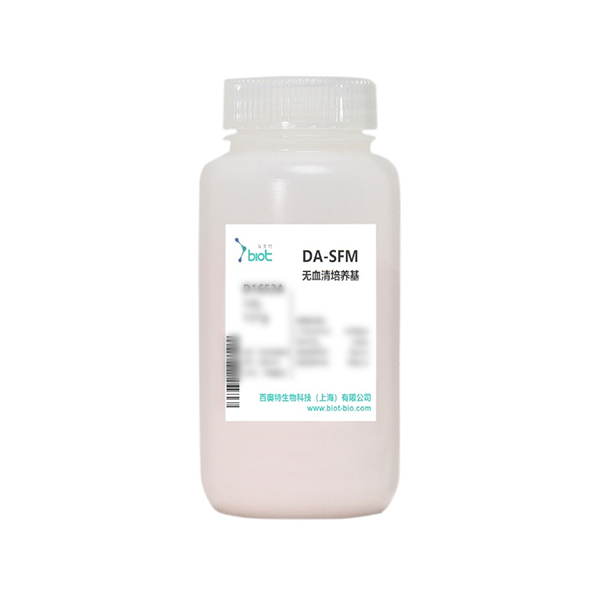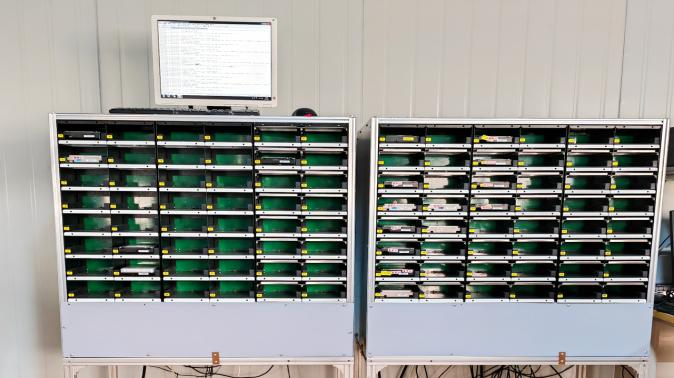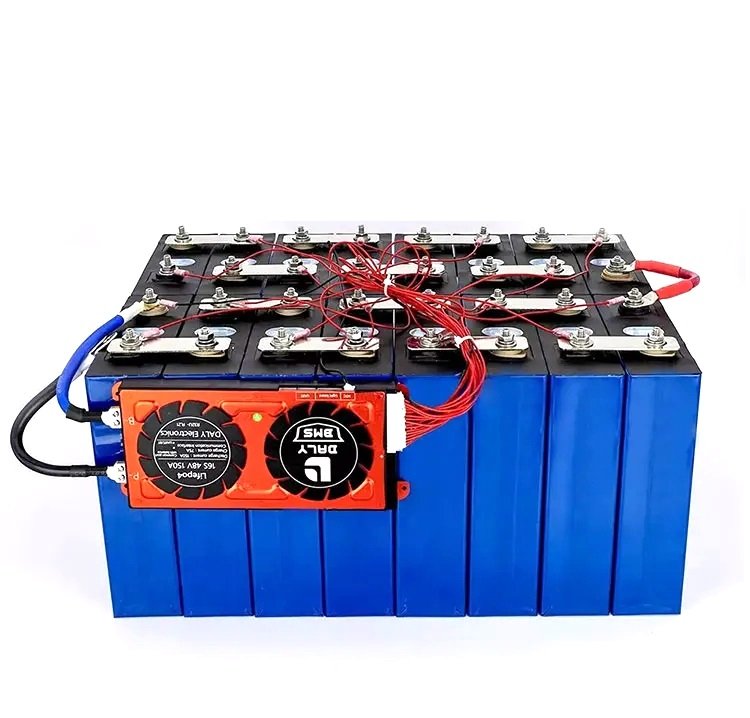When it comes to home improvement projects, having the right tools can make all the difference. Among the most commonly used power tools are impact drivers and drills. While both serve essential functions in construction and DIY tasks, a common question arises: Can an impact driver replace a drill? This article delves into the nuances of both tools, their functionalities, and whether one can truly substitute for the other.
Understanding the Basics: Impact Drivers vs. Drills
Before we explore the potential for interchangeability, it’s crucial to understand the fundamental differences between impact drivers and drills.
- Functionality:
- Drills: Primarily designed for drilling holes in various materials, drills are versatile tools that can also drive screws. They operate by rotating the drill bit at high speeds, making them ideal for creating holes in wood, metal, and plastic.
- Impact Drivers: These tools excel at driving screws and fasteners. They combine rotational motion with concussive blows, allowing them to deliver high torque without the user needing to exert excessive force. This makes impact drivers particularly effective for driving long screws or working with dense materials.
- Torque and Speed:
- Drills: Typically, drills offer a range of speed settings and torque adjustments, allowing users to control the power applied to the task. This makes them suitable for delicate tasks where precision is key.
- Impact Drivers: Impact drivers provide significantly higher torque levels, often exceeding 1,500 inch-pounds. They operate at a lower RPM compared to drills but compensate with rapid bursts of power, making them ideal for heavy-duty applications.
When to Use Each Tool
Understanding when to use an impact driver versus a drill can help clarify whether one can replace the other.
- Drilling Holes:
- For tasks that involve drilling holes, especially in harder materials like masonry or metal, a drill is indispensable. Its ability to control speed and torque allows for precision and reduces the risk of damaging the material.
- Driving Screws:
- When it comes to driving screws, especially in tough materials or when using long screws, an impact driver shines. Its high torque and impact mechanism allow for efficient fastening without stripping screws or damaging the workpiece.
Can an Impact Driver Replace a Drill?
The short answer is: It depends on the task. While impact drivers can handle many screw-driving tasks that a drill can, they are not a complete substitute for drilling applications. Here are some considerations:
- Versatility:
- If your projects primarily involve driving screws and fasteners, an impact driver may suffice. However, for tasks requiring drilling, a drill is necessary.
- Material Considerations:
- In softer materials like wood, an impact driver can effectively drive screws without pre-drilling. However, in harder materials, a drill is often required to create a pilot hole to prevent splitting or cracking.
- Precision Work:
- For tasks that demand precision, such as cabinetry or fine woodworking, a drill is preferable due to its adjustable speed and torque settings. An impact driver’s aggressive driving action may not provide the finesse needed for such applications.
Conclusion: The Right Tool for the Job
In conclusion, while impact drivers and drills share some overlapping functionalities, they are designed for different tasks. An impact driver can efficiently handle screw-driving tasks, but it cannot fully replace a drill, especially when precision drilling is required. For the DIY enthusiast or professional tradesperson, having both tools in your arsenal is ideal. This ensures you are well-equipped to tackle a wide range of projects, from simple home repairs to complex construction tasks.


